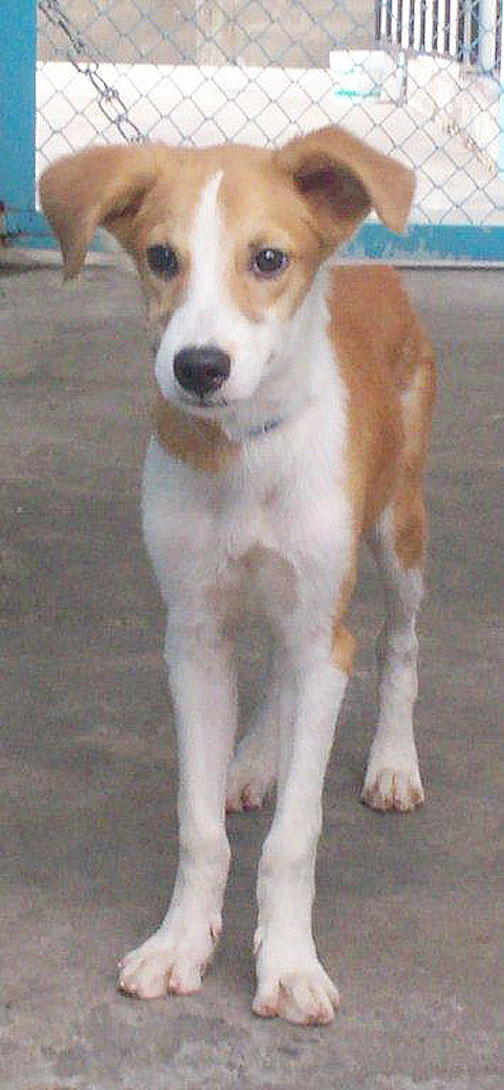Continued
Poisons
I suppose that if I were to carry out a statistical analysis of all the reasons why animals are most often presented at the clinic, and what the greatest cause of death is, the result would be poisoning.
I know that many an ‘embarrassment diagnosis’ is made blaming poisoning as the cause of death. However, here I am referring to genuine and provable causes of death due to the visible intake (through ingestion or via the skin or inhalation, etc) of poisons. I usually speak of ‘toxic encounters’ instead of ‘poisonings.’ The latter often connotes an active and conscious administering of the poison by someone. A ‘toxic encounter,’ on the other hand, could be a confrontation with a poisonous frog or snake or scorpion or centipede, etc.

A poison is any substance that, when introduced into or absorbed by the animal’s body, destroys life or injures health. The usual poisons are rat baits and insecticides. The manufacturers of the vermin baits make their products look encouragingly edible, and so the animal is seduced into eating the harmful substance. Puppies, which are by nature curious, are especially vulnerable, since they will consume the enticing, but poisonous, coloured grains of rice, etc.
Also, I should mention that insecticides are very toxic. Imagine that an insecticide has to be strong enough to kill (on contact) a tick, the body of which has a hard tissue (chitin) coating. If the insecticide (or acaricide) can kill a tick, then it surely can kill the host organism (in this case, the dog). And you know how many people like to play doctor. If the recommended dosage rate is two teaspoons of the insecticide to a gallon water, one might wish to use four teaspoons to make sure doubly sure. Well, that overdose can poison the dog.
Furthermore, especially in the case of toxic anti-insect powders, the insect (eg, the flea) tries to escape the poisonous effect of the insecticide. It therefore attempts to hide in the skin by burrowing into the skin itself. This activity releases an itch stimulus and the dog tries to scratch/bite at the spot to remove the offending insect. In so doing, he may ingest some (or much) of the poisonous powder; also, if a skin lesion is created, then the toxic substance (the poison) has easy access to the animal’s bloodstream.
Actually, I have seen people spray their animals (even puppies) directly with some of the insecticides on the market. Well, usually these are made of strong stuff, that can be absorbed right through the skin, especially if there already exists a bruise there, not lastly self-inflicted by the dog which has been scratching itself furiously.
And how many times have I not heard dog owners boasting proudly that they have used old engine oil (waste oil), kerosene, Jeyes fluid, etc, on their pets’ skin. How absolutely wrong! All of these chemicals are killers in their own right. Sometimes the poisoning can be slow and insidious (for example, as a result of continuous usage of old engine oil). On other occasions, the poisons create severe symptoms and reactions within minutes.

Scientists like to categorize. Poisons are often divided into two categories – those which attack the nervous system and those which damage the blood. According to the type of poison and the quantity that has entered the body, the more common symptoms of poisonings are:
1. Vomiting (sometimes with blood in
the vomit)
2. Lethargy/restlessness/unsteady gait
3. A significant drop in body temper-
ature in some cases, while in other
cases (according to the poison
encountered) the body temperature
of the affected animal rises
4. Diarrhoea (sometimes accompanied
by blood)
5. Cramps/paralysis
6. Swellings on the skin (sometimes
on the whole body)
7. Respiratory distress (difficult
breathing)
8. Dehydration
9. Unconsciousness also (semi-con-
sciousness)
According to which poison is involved and which symptoms are exhibited, the appropriate treatment will be instituted, preferably under veterinary supervision/ advice.
We will continue with this topic next week, when other forms of poisons
(eg insect bites) will be dealt with.
Please implement disease preventative measures (vaccinations, routine dewormings, monthly anti-heartworm medication, etc) and adopt-a-pet from the GSPCA’s Animal Clinic and Shelter at Robb Street and Orange Walk, if you have the wherewithal to care well for the animals. Do not stray your unwanted pets, take them to the GSPCA’s Clinic and Shelter instead. If you do not wish your pet to have puppies or kittens, you may exploit the GSPCA’s free spay and neutering programme. If you see anyone being cruel to an animal, or if you need any technical information, please get in touch with the Clinic and Shelter by calling 226-4237.




